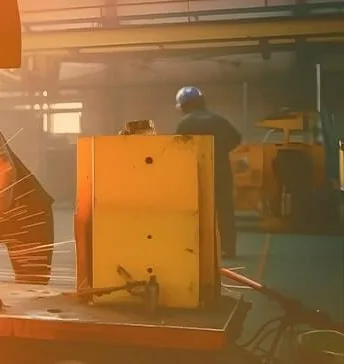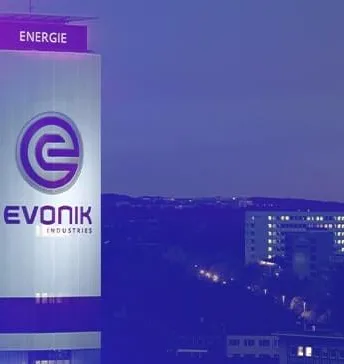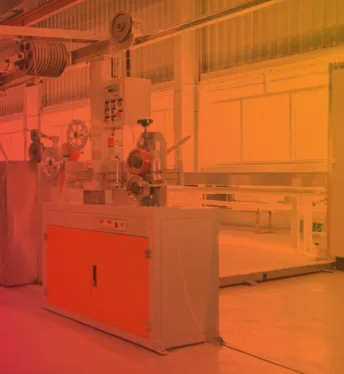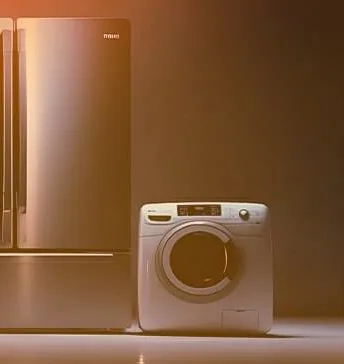The challenges of effectively collecting and analyzing process data are common to every production line. Data retrieval can prove difficult considering that many manufactures rely on non-computerized legacy systems.
This major car manufacturer was struggling to track vehicles produced on their production line and was searching for a way to automate logistical traceability for vehicles produced on the production line in multiple plants across two countries.
They turned to Stefanini IHM to take on the task of automating these processes without disrupting existing production flows.
The Business Challenge
This major carmaker needed to automate tracing activities for all vehicles across multiple assembly lines. Creating automatic data collection and storage required the development of specific solutions that could communicate with existing plant equipment.
The solution involved the installation of traceability stations in ergonomic locations that allowed operators to safely use without impeding existing factory processes. Furthermore, all process records need to be stored in a global vehicle traceability database to effectively manage vehicles produced across all locations.
Together, this car manufacturer and Stefanini IHM co-created a specialized solution to install automated traceability stations and automate these data retrieval steps.
How We Helped
Before traceability stations could effectively be implemented the following challenges needed to be addressed:
- Devices needed to be implemented to monitor varying models of electrical and analog equipment as well as closed protocols.
- Components needed to be imported from several countries in order to assemble and industrialized traceability stations.
- Solution needed to be exported for deployment across multiple countries.
- Coordinate partnership with local customer-defined electromechanical assembly company.
- Transformation efforts were performed on a shift work schedule that took place outside production hours.
Stefanini IHM was able to effectively able to navigate these challenges, meeting deadlines without impeding the company’s production schedules. These solutions were implemented across four production lines in Brazil and two lines in Argentina.
This required the installation of 35 traceability stations that could effectively monitor operations and intervene on the assembly line in real time. From order to delivery, this was accomplished over six months including three months for import industrialization and export of traceability stations.
Solution
The end goal of the co-creation process was to create greater quality control by implementing real time tracking measures.
This was enabled with traceability stations that contained the following:
- Industrial PC with traceability system
- RFID reader for operator authentication within the system
- Barcode readers for vehicle identification (VIN and CIS) and record of operations
- Label printer for physical production records of operation.
- Metal bracket with IP54 Protective Case
The traceability system enabled local monitoring and could be operated through several stations positioned on the factory floor. This system was developed in-house by Stefanini IHM, including the manufacture of metal brackets needed to complete station assembly.
Additionally, equipment traceability, although scanned, did not allow direct access to process data and so data sniffers were developed to collect and record information. The sniffers consisted of customized electronics specifically designed to monitor data packages that traveled through serial or Ethernet communications. These packages were deconstructed, interpreted, reorganized, and stored in the traceability database.
Similarly, factory floor equipment needed to be modernized by installing dedicated PLC’s that could digitize necessary process data. This required the development of customized solutions specifically for scanning activities. In this way, legacy equipment was digitized by installing Micrologix PLCs were made to access real time traceability system information available at setpoints (SP) placed in each operation and determine the performed value (PV).
Digitizing these systems also allow for advanced interconnection of all assembly line activities, according to the criticality of the operation being performed and the size of the deviation identified.
The results were higher quality, safety, and operational efficiency throughout the production line. The traceability system was developed in a customized way that met the Assembler’s needs and allowed operators to visualize instructions and better execute activities, all while monitoring the production values and identifying deviations. This also enabled different operation modes defined for quality assurance and consistency of work performed.
About Stefanini IHM
Founded in 1994, IHM become a part of the Stefanini group in 2015, in what formed the largest LATAM operational technology company. Today, Stefanini IHM operates across the entire industry vertical: from the assembly of panels and electro-centers, to the implementation of innovative technologies and mindset changes that enable Digital Transformation.
As a systems, instrumentation, electrical, and Industrial IT integrator, Stefanini IHM has been expanding its activities over the years and continues to enable the automation of electrical and IT projects.



















